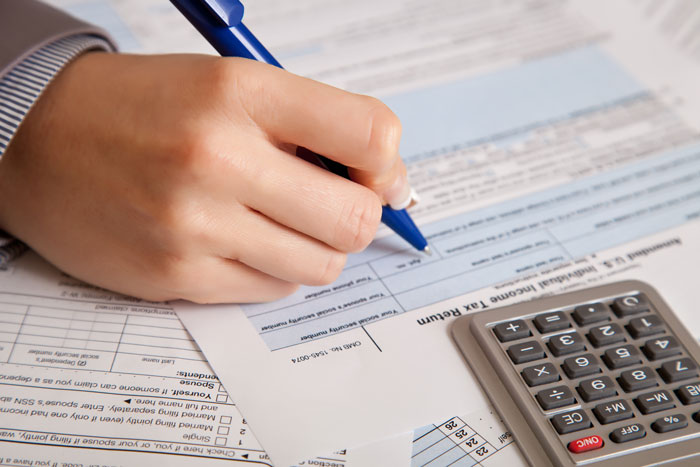
It’s that time of year again — tax filing season. For some, this time of year means a nice tax return. For others, it means a nice chunk of change leaving the bank account.
While most people don’t enjoy the mandatory income report, there are a few ways to make the process easier. Here are some of our tips to make filing taxes as simple as one-two-three.
Determine if you need to file and what your filing status is
First, determine whether or not you are required to file a federal income tax return. You can do this by using the Internal Revenue Service’s (IRS) online Interactive Tax Assistant. Next, determine your filing status. There are five options: single, married filing jointly, married filing separately, head of household, and qualifying widow(er) with dependent child.
Know the deadline to file
The due date for filing 2017 taxes is April 17. Keep in mind that while there’s no IRS deadline for overdue tax returns from the previous year, you still must file a tax return within three years of the original due date. If you owe the government money, the IRS can charge you penalty fees plus interest. Luckily, you can set up a free payment plan to repay the IRS within four months (or 120 days).
Review your returns
Since a lot of the information is the same as previous years, looking at your past returns can help you when you start filing this year’s taxes.
Gather documents and social security numbers
This step might seem overwhelming, but it will make the process so much smoother to have everything in one place. Gather all the forms from your employers (such as W-2 forms), banks, universities, and student loans institutions before getting started.
Educate yourself on which deductions to take
According to the IRS, only 31 percent of tax filers itemize their deductions while the other 69 percent take the standard deduction. Itemizing deductions means you take advantage of more specific tax deductions based on your expenses. In the long run, taking deductions helps reduce the amount of taxable income.
Report all your income
Your income includes unemployment and self-employment income (which also requires a separate form.) Just because you were laid off or earned money through a side hustle doesn’t mean you don’t have to file taxes — all income is taxable income, so report every penny!
Figure out how you will file
It is 100 percent up to you whether you file online or mail in paper forms. But just note that filing electronically increases your chance for a faster return and also reduces the chances of errors.
xx, The FabFitFun Team




